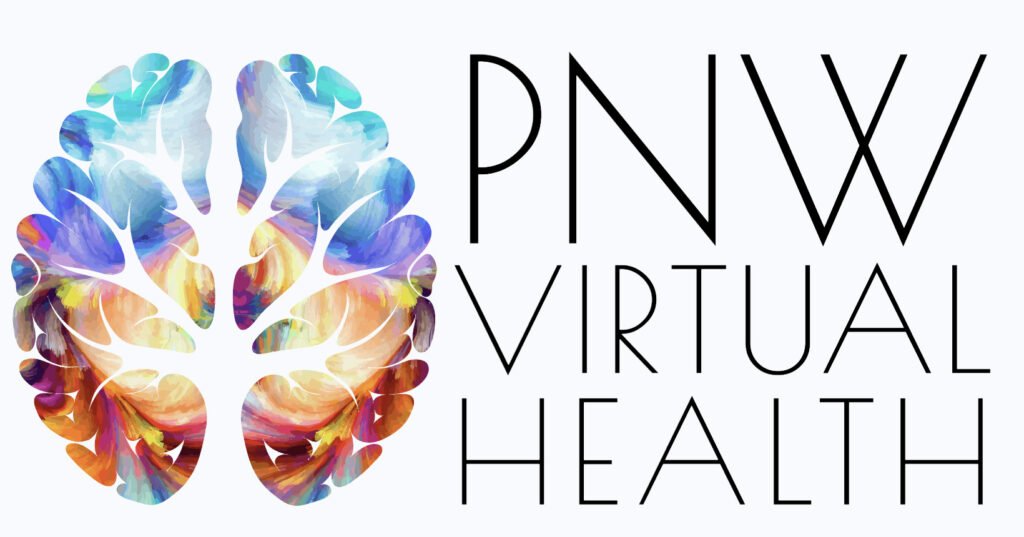Is Your Phone Making Your ADHD Worse? The Link Between Screens, Dopamine, and Distraction
That familiar buzz in your pocket or the irresistible glow of the screen. For many of us, our phones are an extension of ourselves. But for those with ADHD, the relationship with these powerful little devices can be particularly complex. If you’ve ever felt like your phone is both a necessary tool and a major source of your daily struggles with focus, you’re not alone. This constant battle taps into a modern-day reality: the unique wiring of the ADHD brain and its relentless quest for stimulation, a quest that today’s technology is perfectly designed to fulfill.
The Dopamine Loop: Your Brain on Apps
To understand why phones can be so challenging for individuals with ADHD, we need to talk about dopamine. Dopamine is a neurotransmitter that plays a crucial role in our brain’s reward and pleasure centers. It’s the chemical that says, “Hey, that felt good, let’s do it again!”
For neurotypical brains, dopamine is released in response to rewarding activities, helping to motivate and focus attention on tasks that lead to a positive outcome. In the ADHD brain, however, the dopamine system is thought to function differently. It’s not about a lack of dopamine itself, but rather a less efficient system for its transmission and reception. This can lead to a constant, underlying feeling of “not enough” and a powerful drive to seek out activities that provide a quick and easy dopamine hit.
Enter the smartphone. Every notification, every “like,” every new post in your feed is a potential micro-dose of dopamine. Social media apps, games, and even news feeds are designed with this in mind, utilizing principles of variable rewards to keep you coming back for more. This creates a compelling and often irresistible loop for the ADHD brain, which is already predisposed to seeking out this kind of stimulation.
Screen Time and the Amplification of Distraction
For individuals with ADHD, maintaining focus on a single task can already be a significant challenge. The constant barrage of notifications and the endless novelty offered by our phones can shatter that focus in an instant. This isn’t just a matter of willpower; it’s a neurological tug-of-war. The less stimulating, long-term task (like work or studying) is often no match for the immediate gratification offered by a quick scroll through social media.
This constant task-switching comes at a cognitive cost. Each time you’re pulled away from your primary task, it takes time and mental energy to re-engage. For someone with ADHD, this “re-entry” period can be particularly difficult, leading to a fragmented and unproductive day.
Practical Steps to Reclaim Your Focus
The goal isn’t to demonize technology or suggest a complete digital detox (though that can be helpful for some). Instead, it’s about building a more intentional and mindful relationship with your phone. Here are a few strategies that can help:
- Curate Your Notifications: Go through your phone’s settings and turn off all non-essential notifications. Do you really need to know every time someone likes your photo or a new product drops? Be ruthless. The fewer interruptions, the better.
- Set “No-Phone” Zones and Times: Designate specific times of the day or areas of your home as screen-free. This could be the dinner table, your bedroom, or the first hour after you wake up.
- Use Apps to Your Advantage: It may sound counterintuitive, but there are apps designed to help you stay off your phone. Apps like Forest or Freedom can block distracting websites and apps for set periods, helping you create dedicated focus time.
- Make Your Phone Less Interesting: Try switching your phone to grayscale. By removing the vibrant colors, you can make the screen less stimulating and appealing to your brain.
- Practice Mindful “Snacking”: If you find yourself reaching for your phone out of habit, pause and ask yourself what you’re really seeking. Is it a break? A distraction from an unpleasant feeling? A moment of connection? Sometimes, a few deep breaths, a short walk, or a quick chat with a colleague can be more fulfilling.
Ultimately, while your phone can feel like an adversary in the fight for focus, it’s a tool. By understanding the interplay between your ADHD brain and the allure of digital stimulation, you can take conscious steps to manage its role in your life. It’s about shifting from a reactive relationship to a proactive one, ensuring that you control your phone, not the other way around.
How PNW Virtual Health Can Help
Knowing you need to make a change and successfully implementing it are two different things, especially when dealing with the executive function challenges common in ADHD. This is where professional support can make all the difference. At PNW Virtual Health, our specialists are dedicated to helping adults navigate the complexities of ADHD. Through convenient telehealth appointments, we provide comprehensive services including formal assessments, personalized medication management, and supportive coaching. We can help you understand your unique brain wiring and develop effective, tailored strategies to manage not just screen time, but all facets of life with ADHD, empowering you to build healthier habits and thrive.
